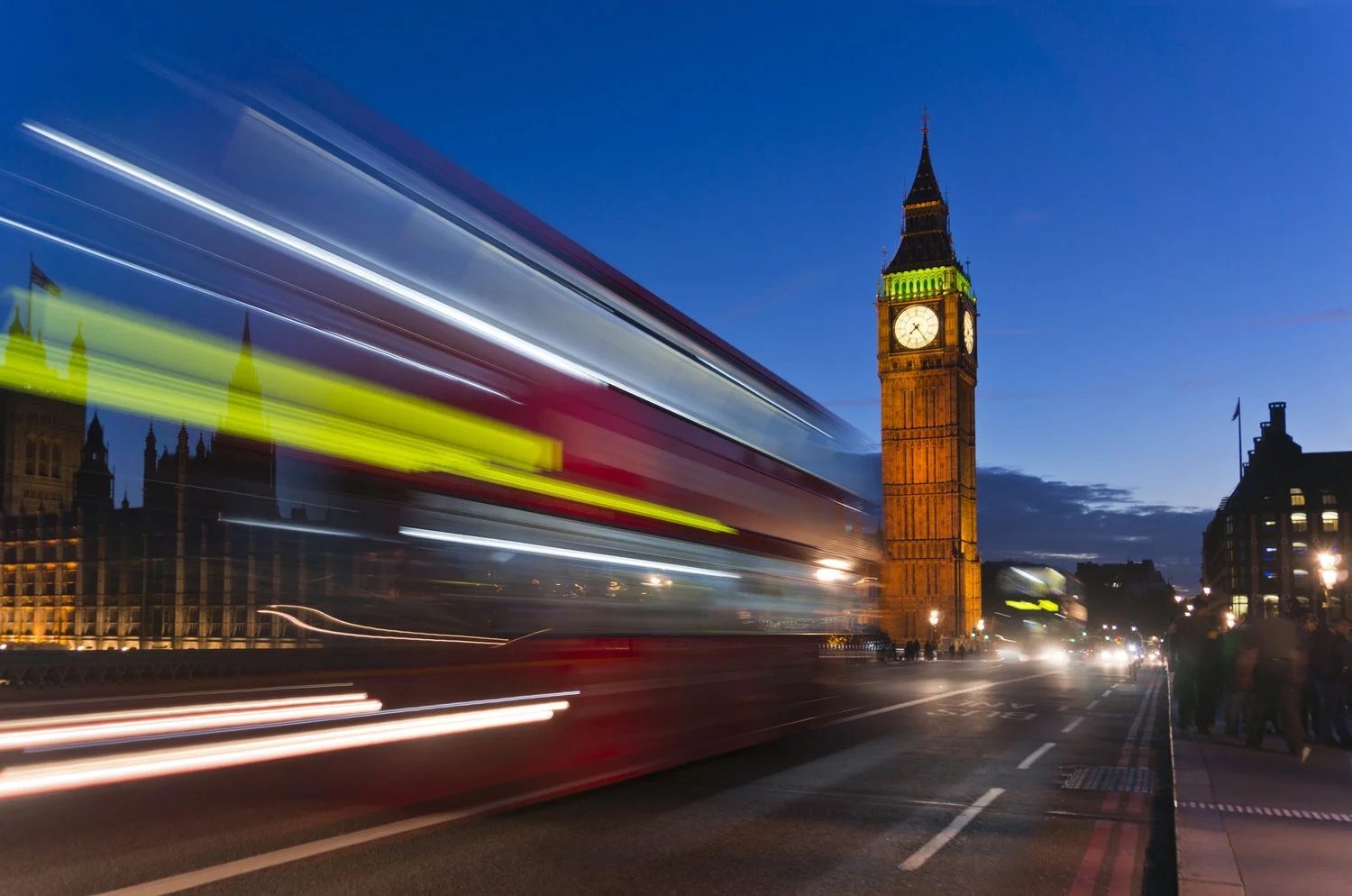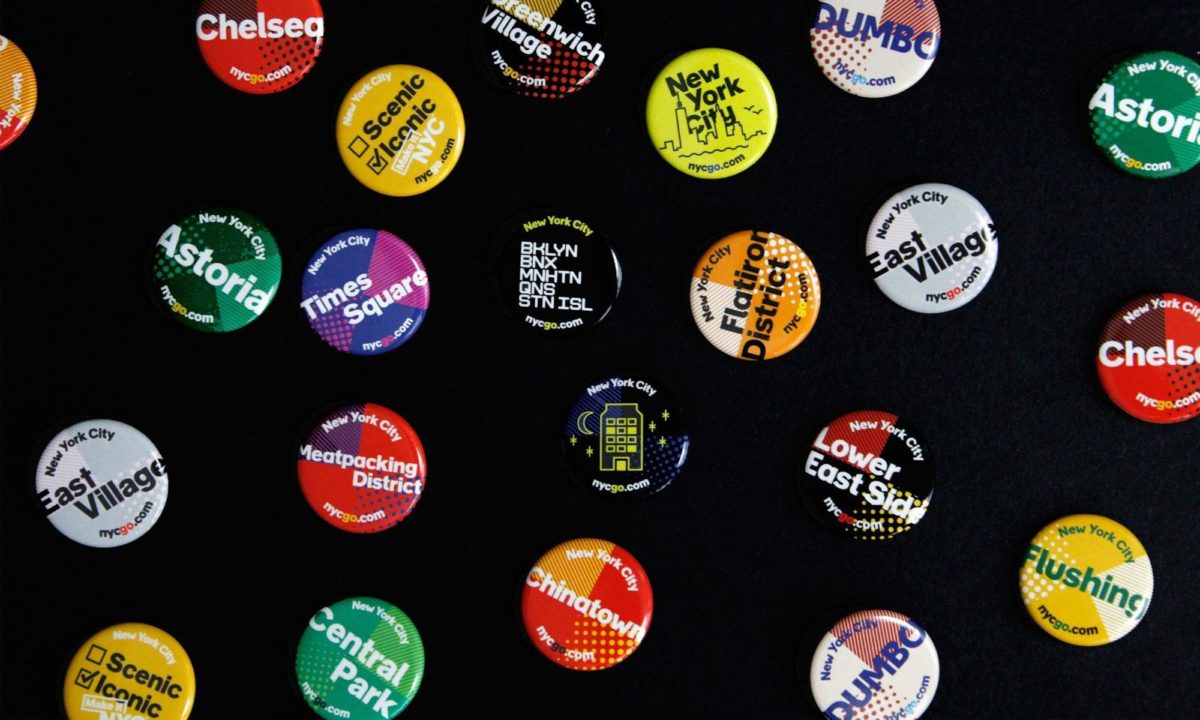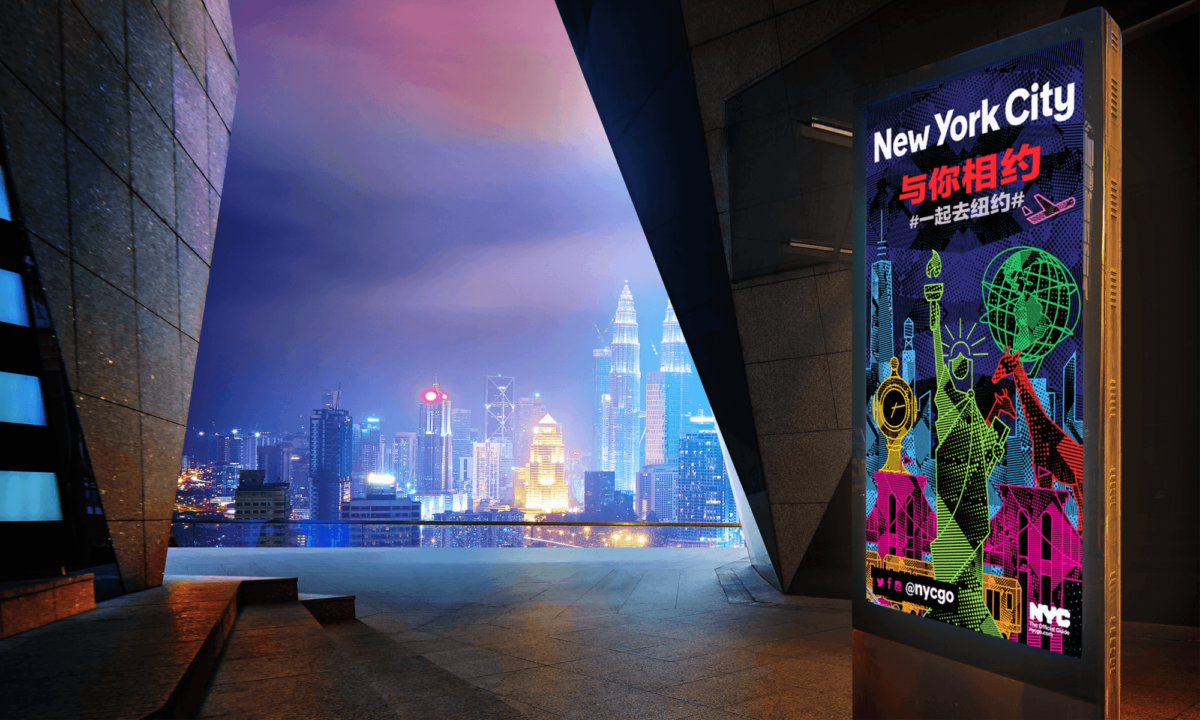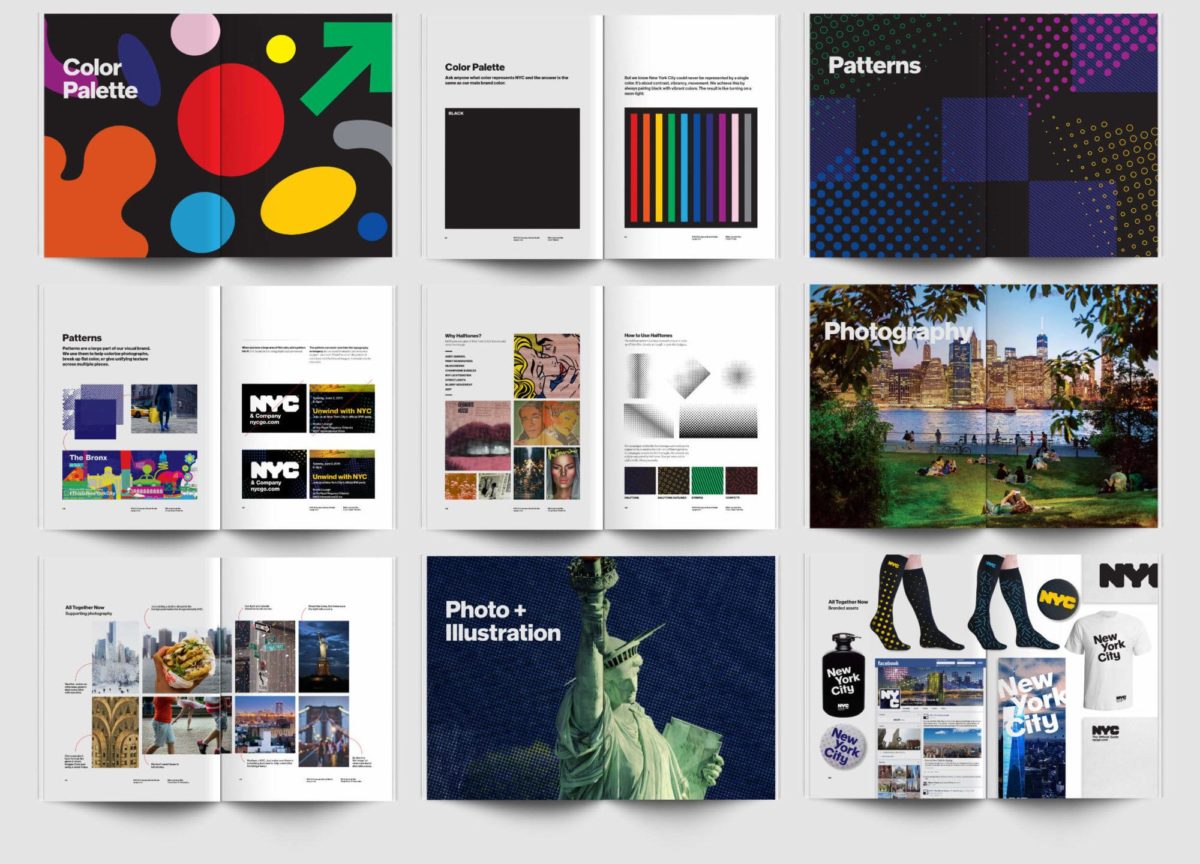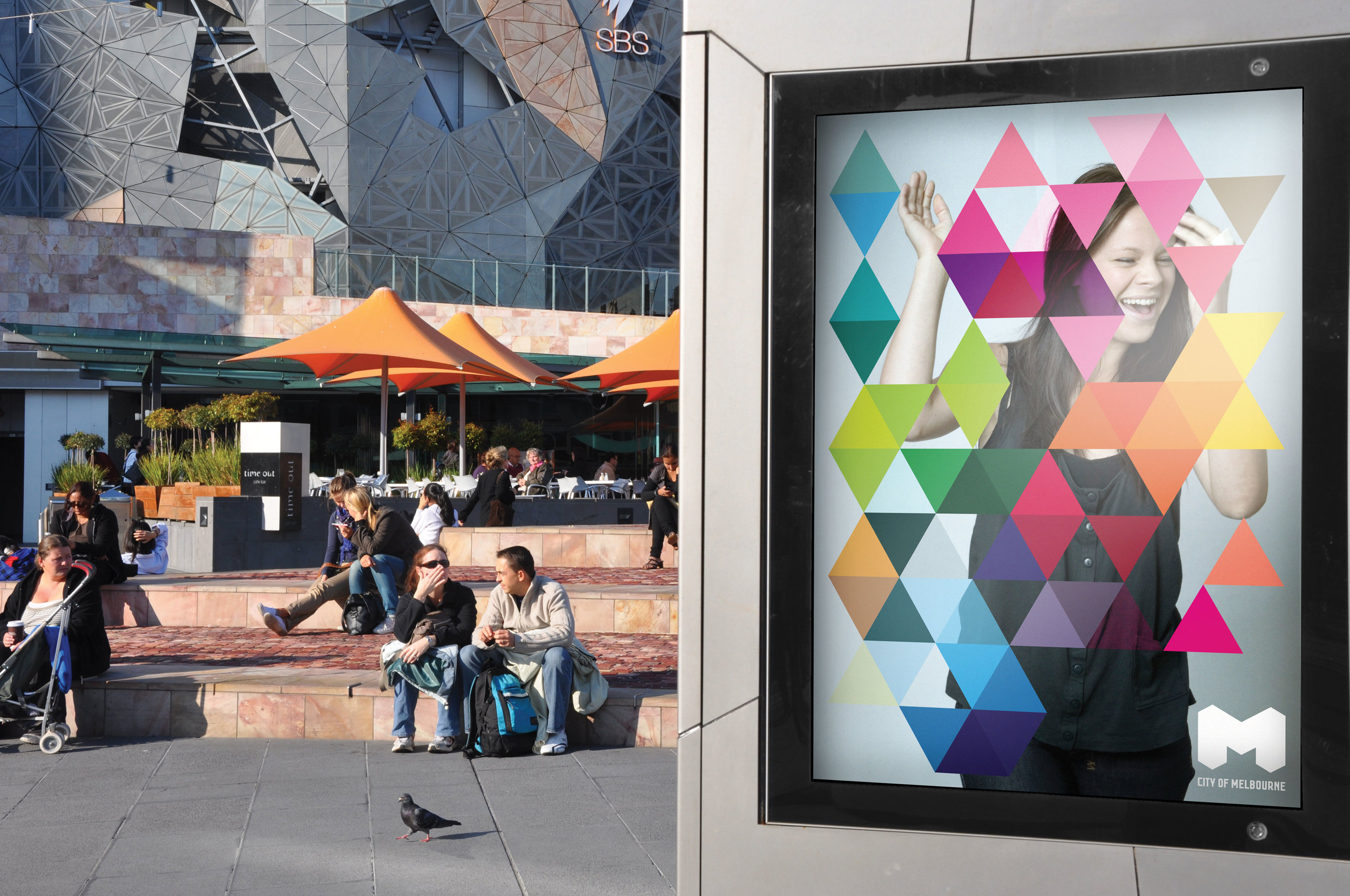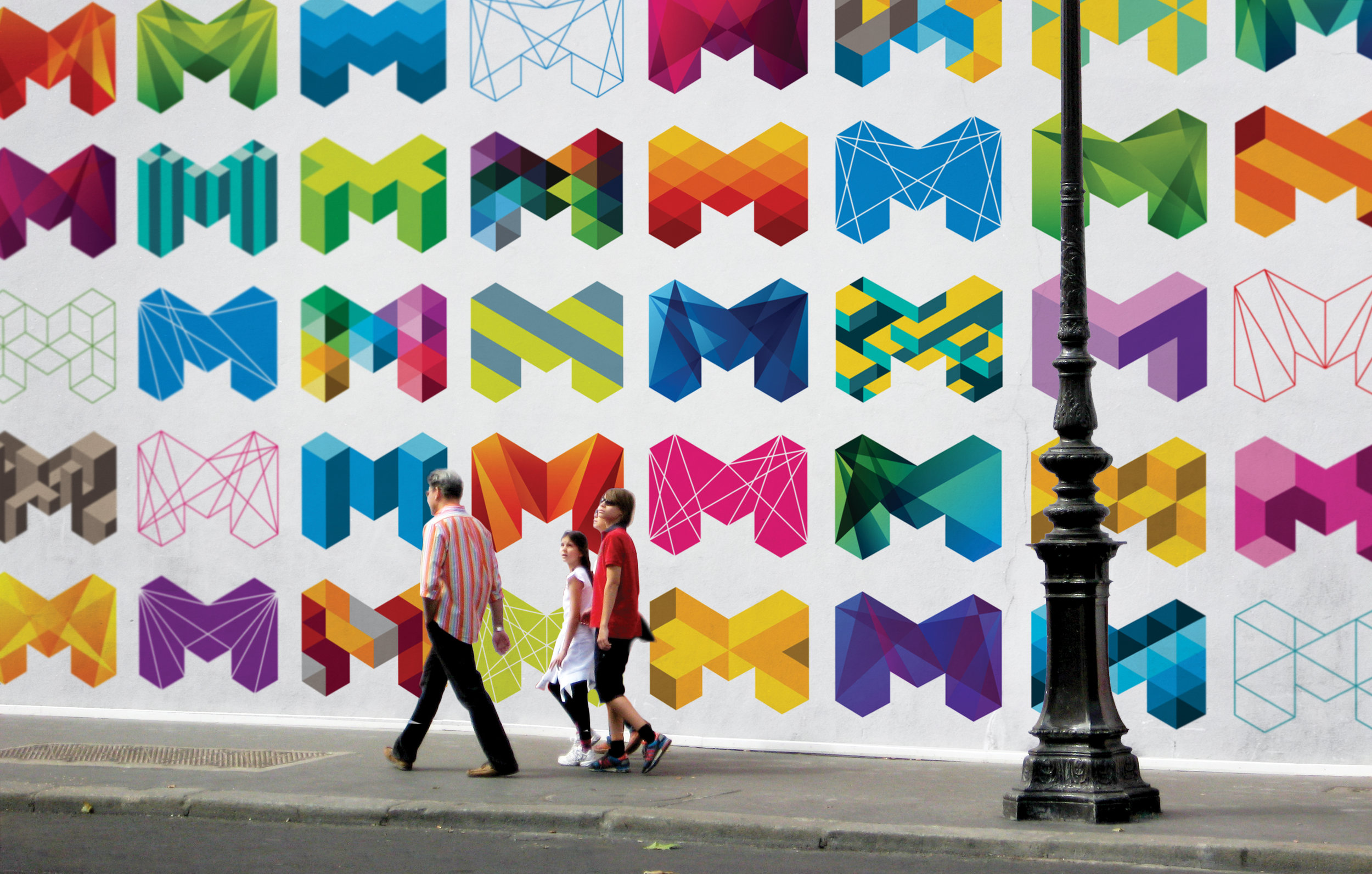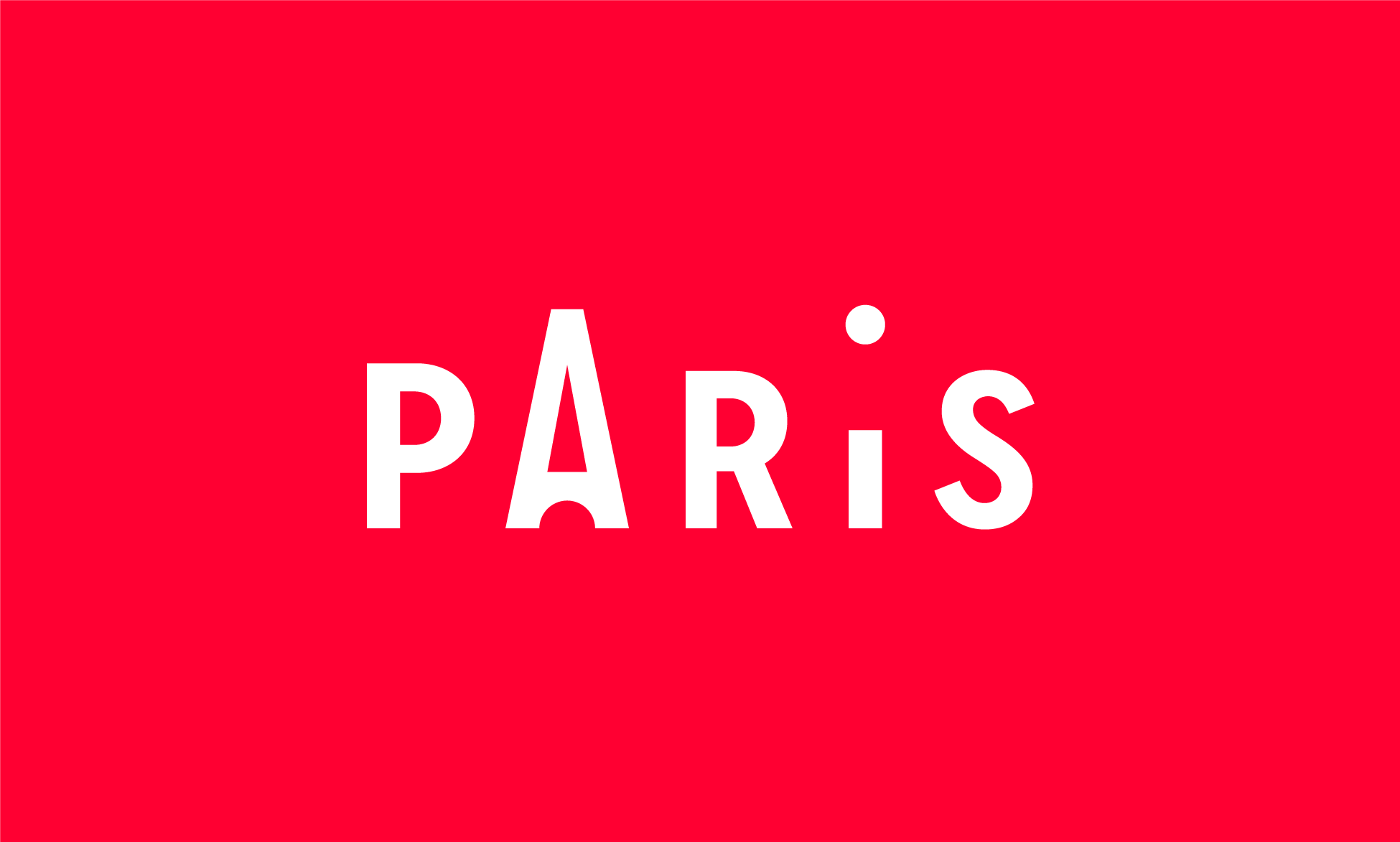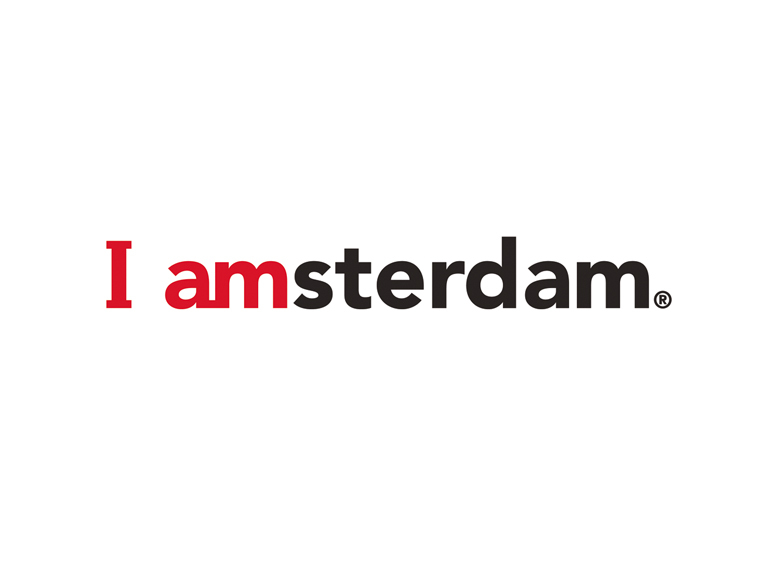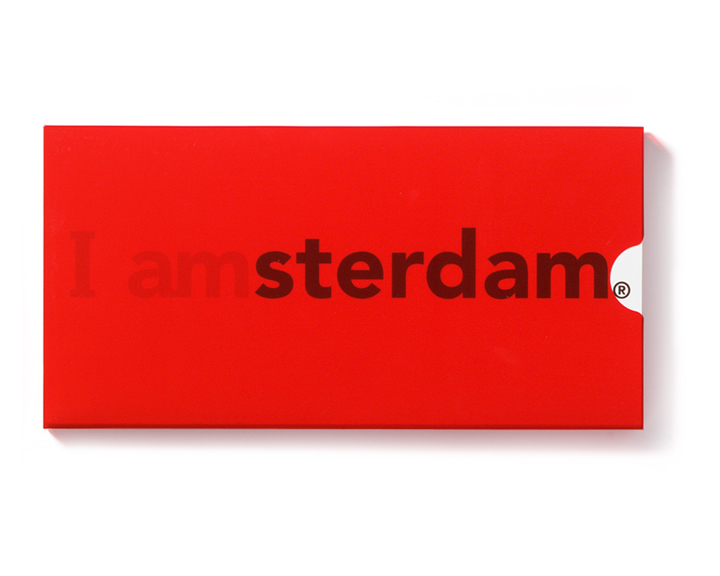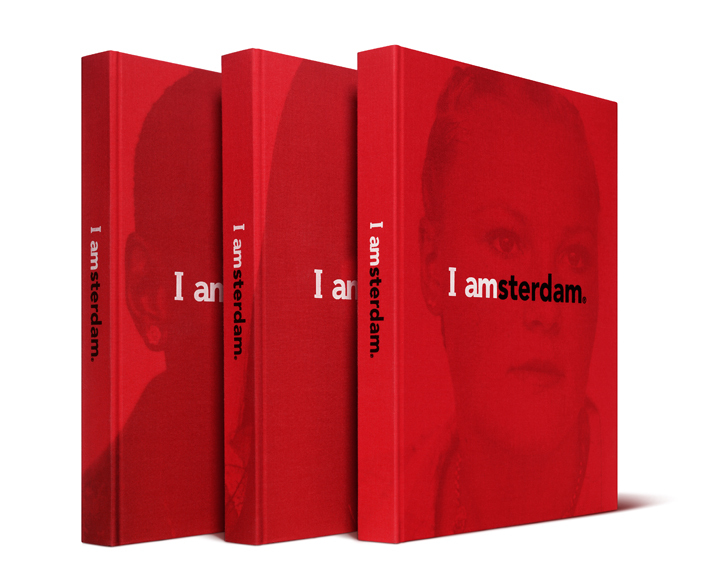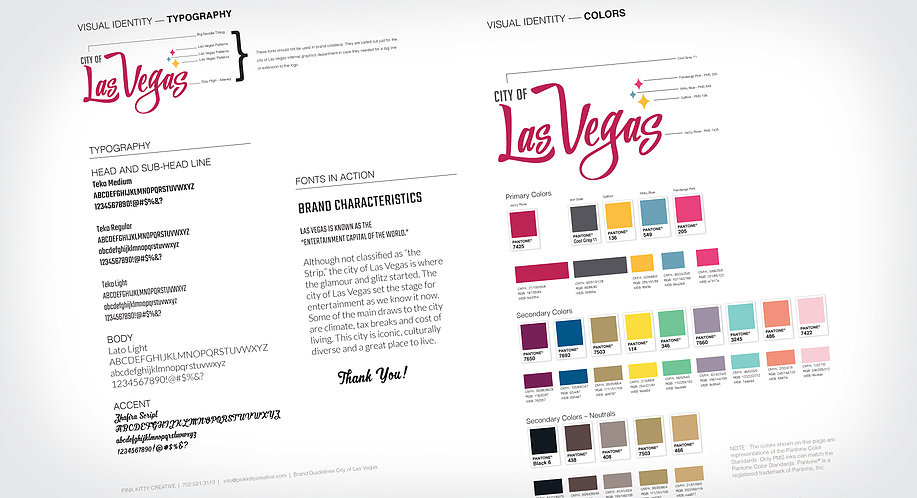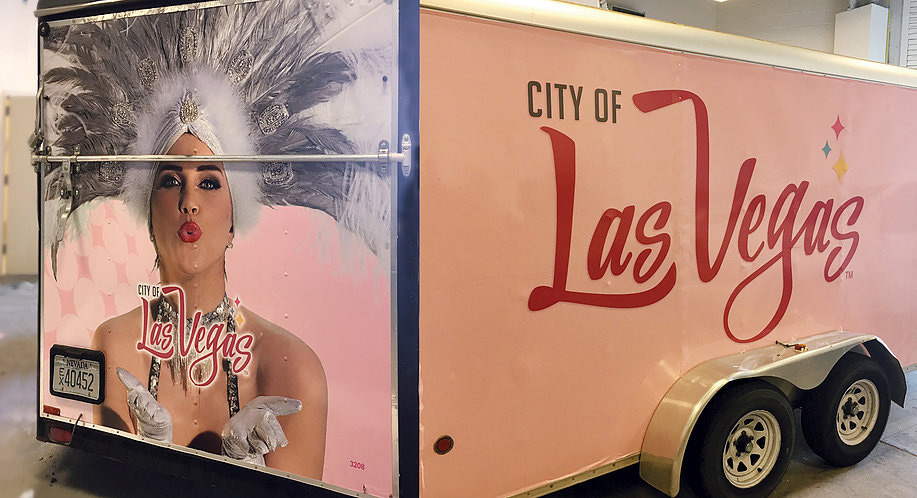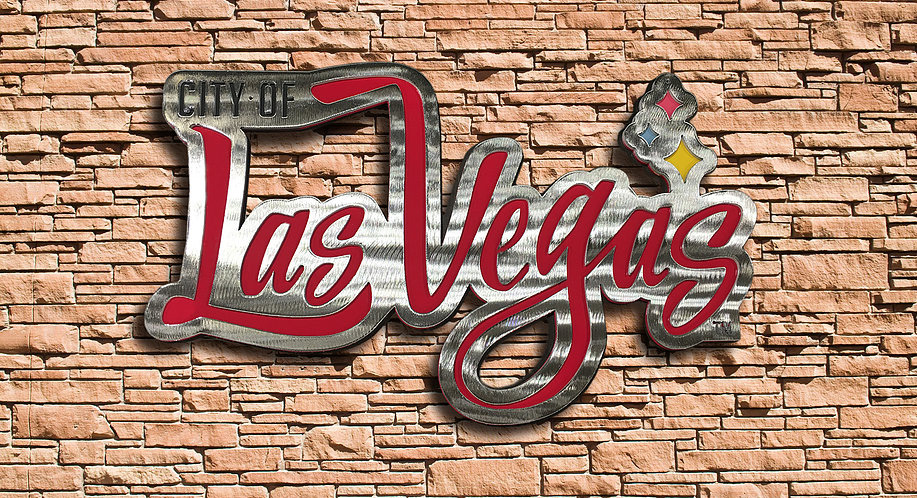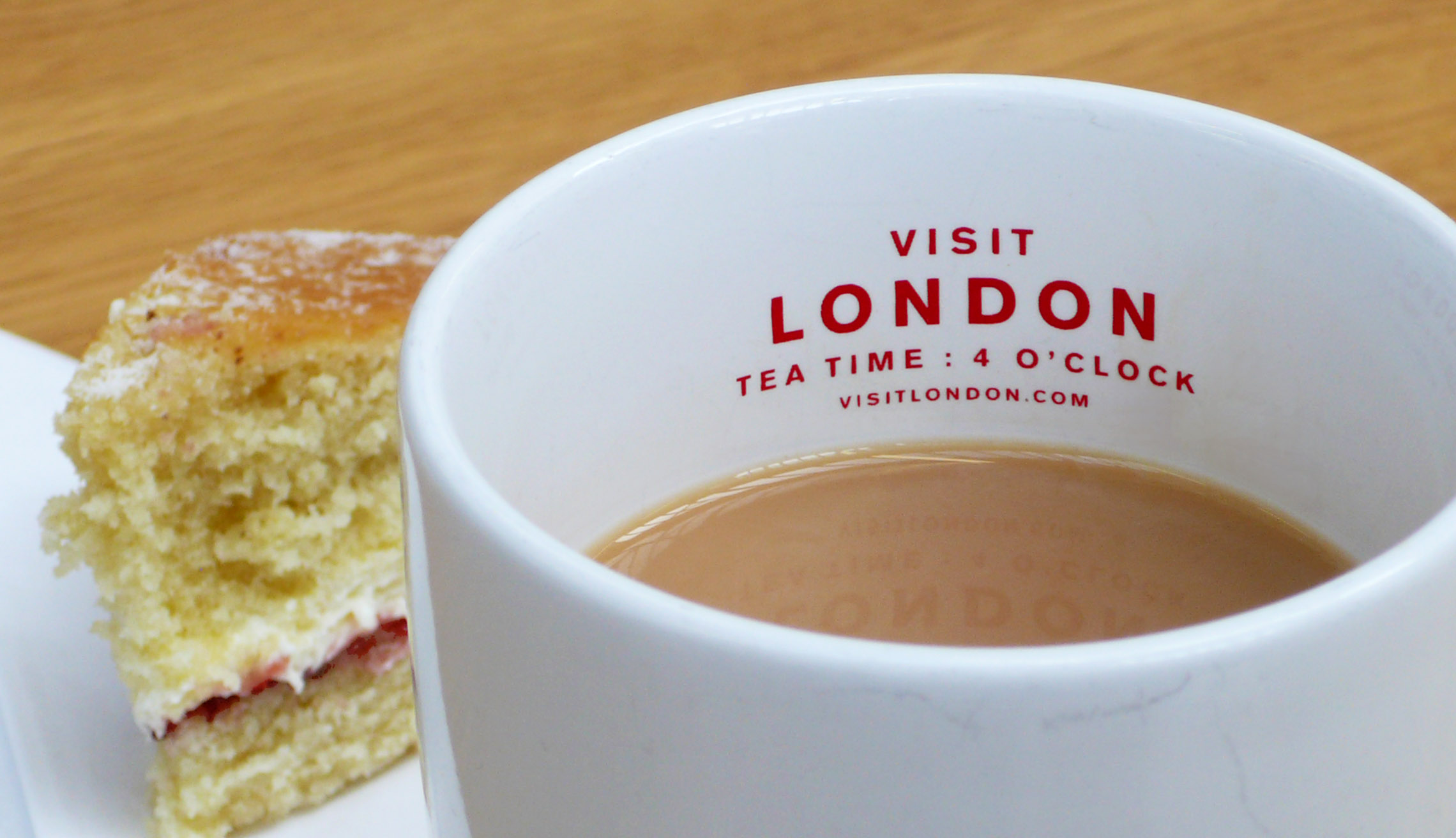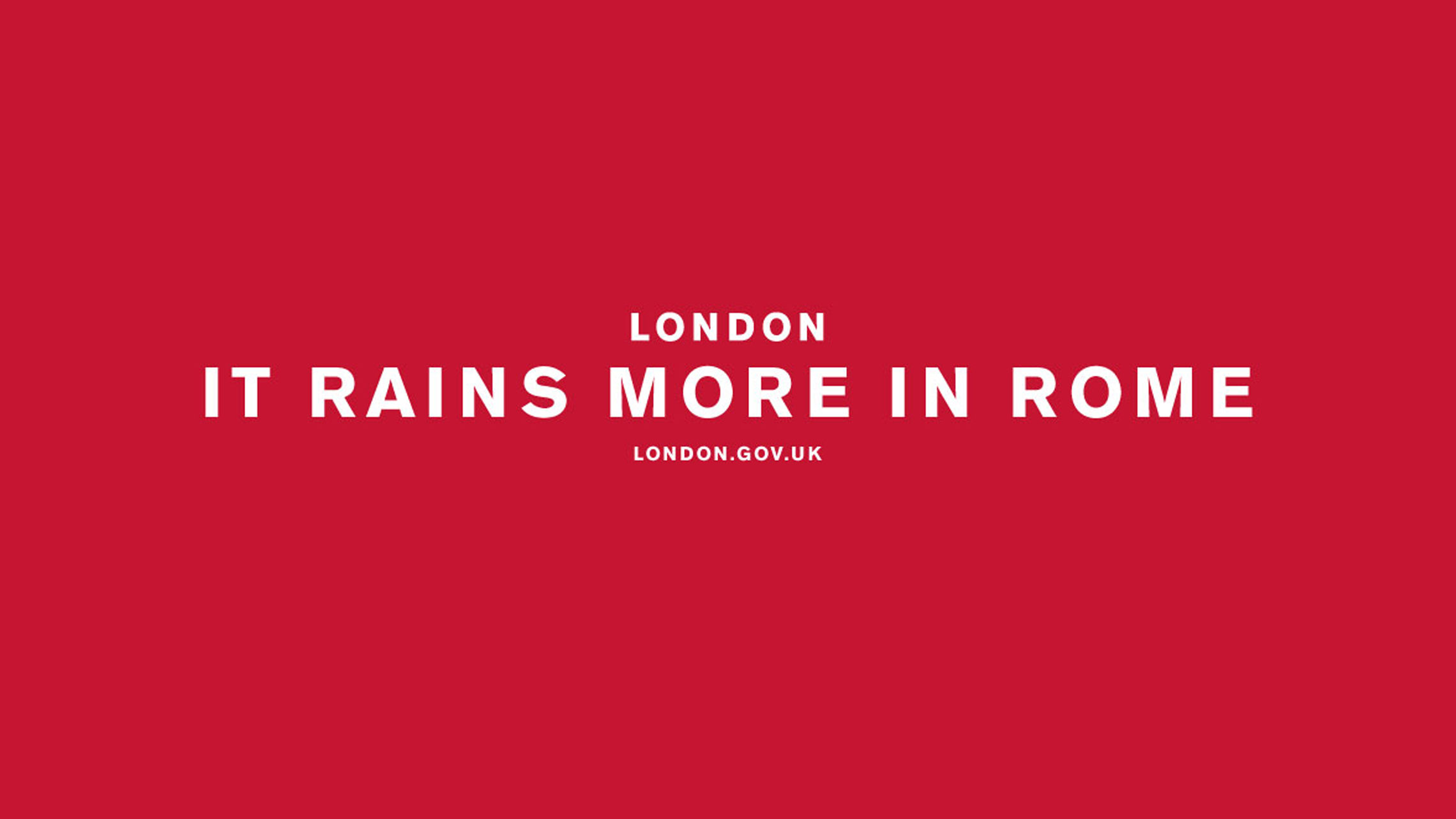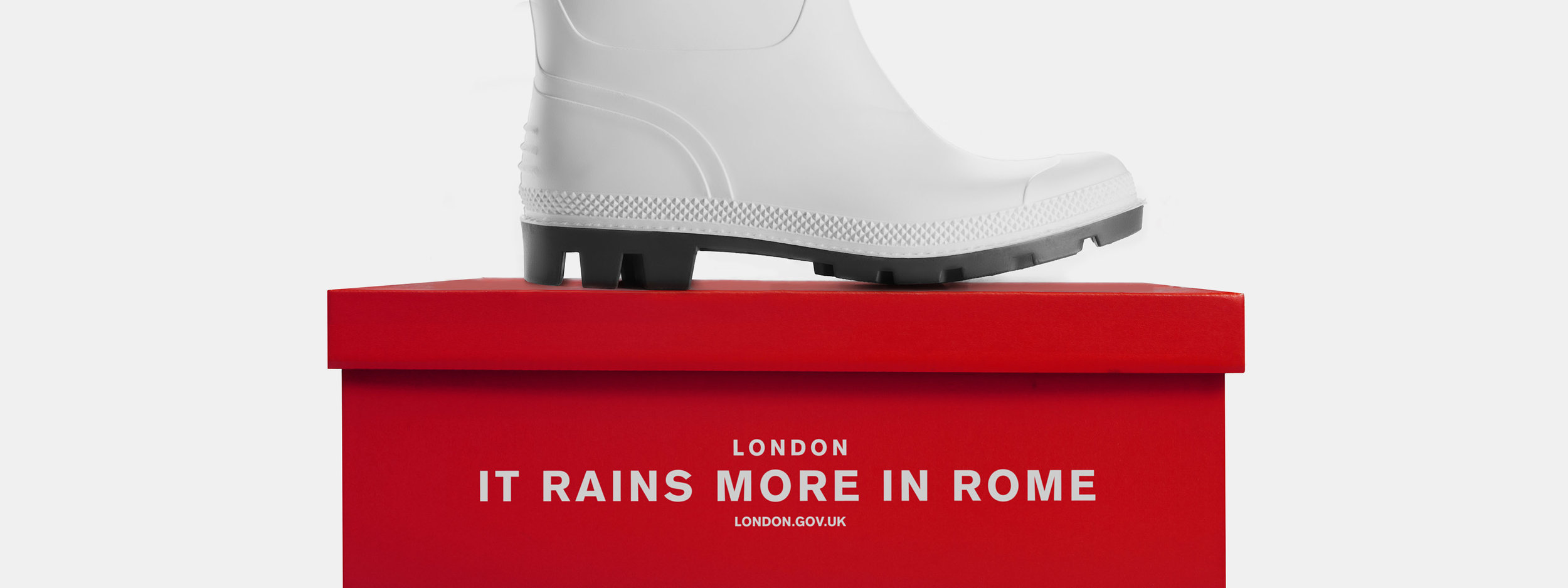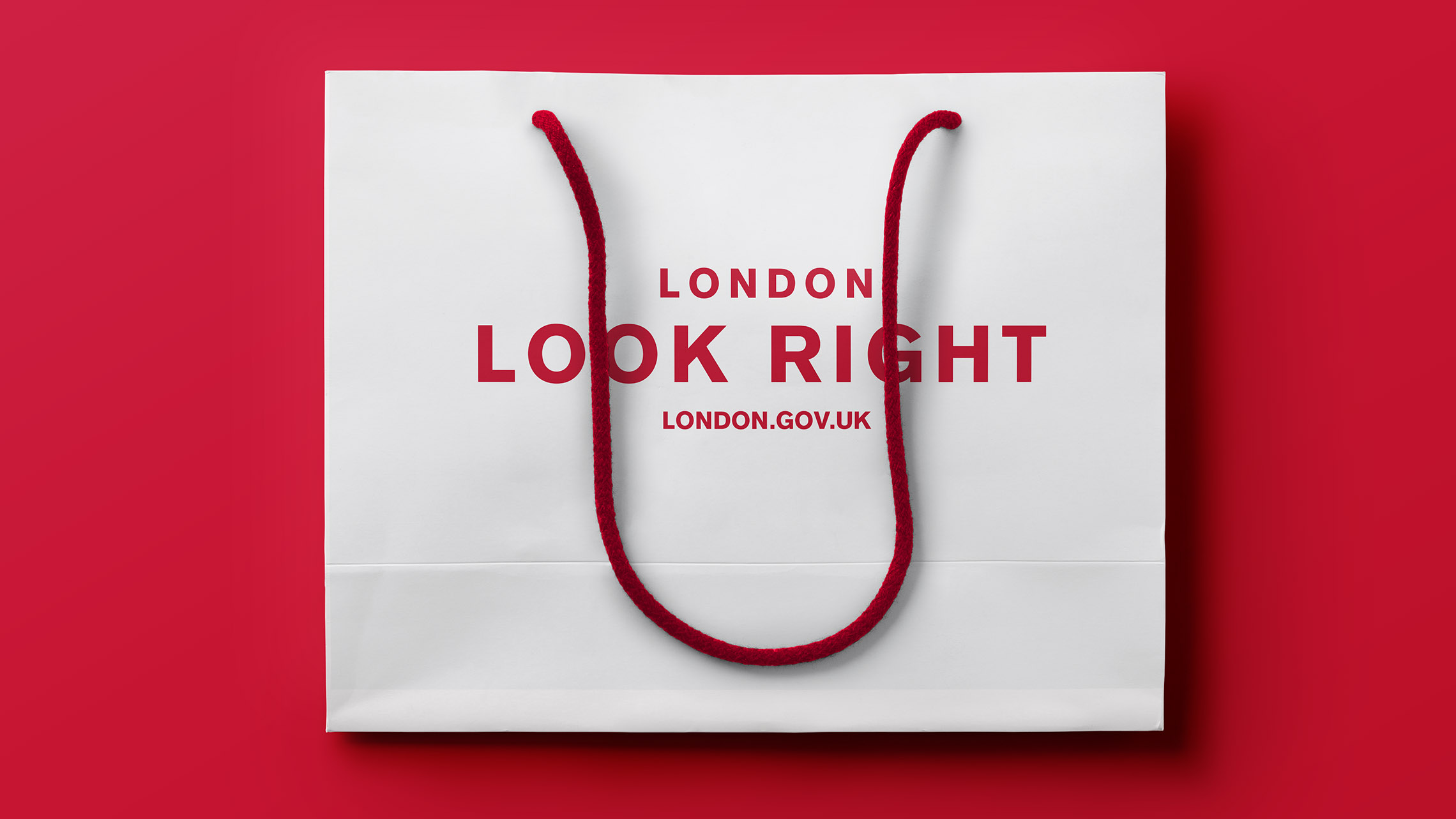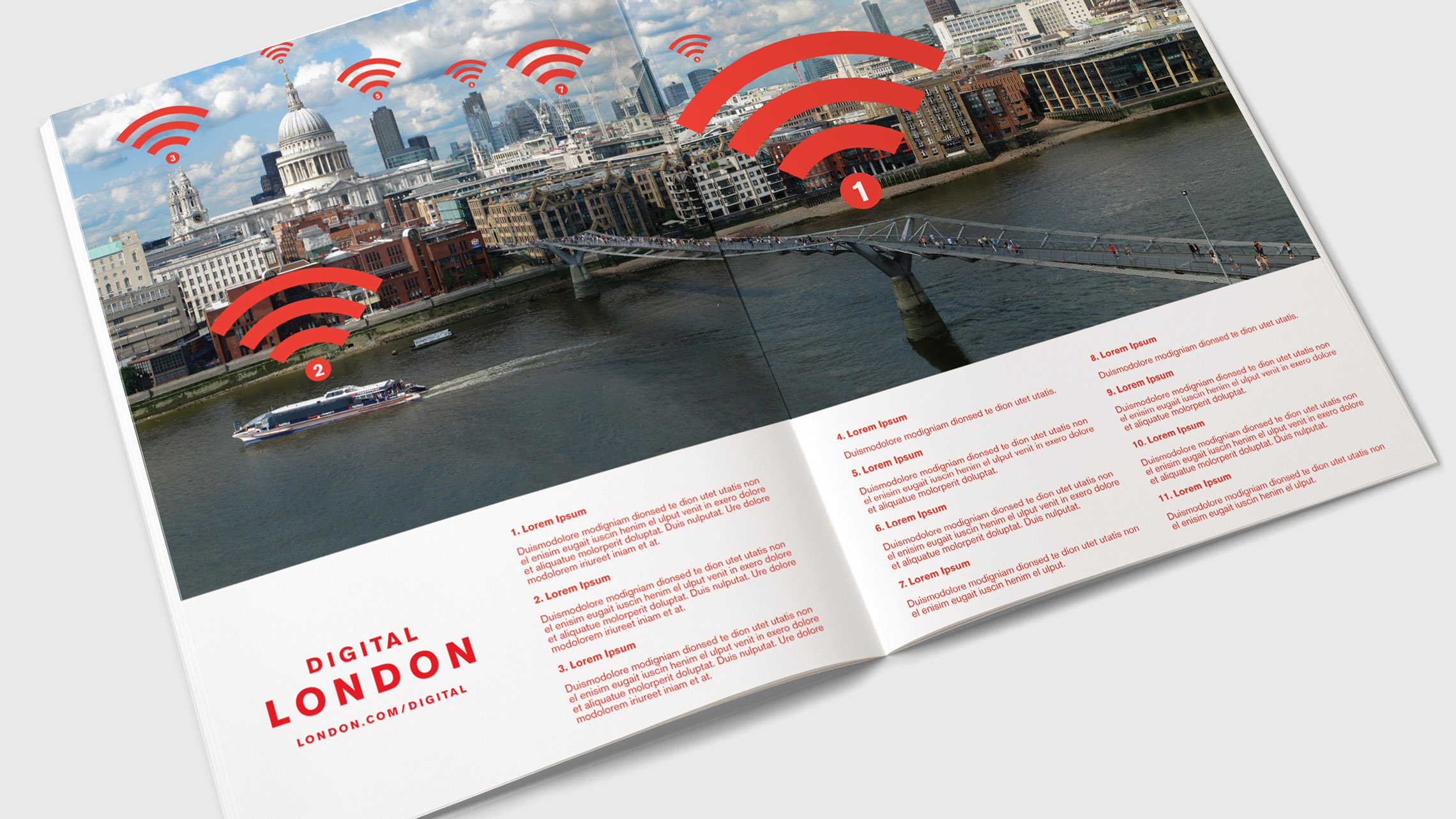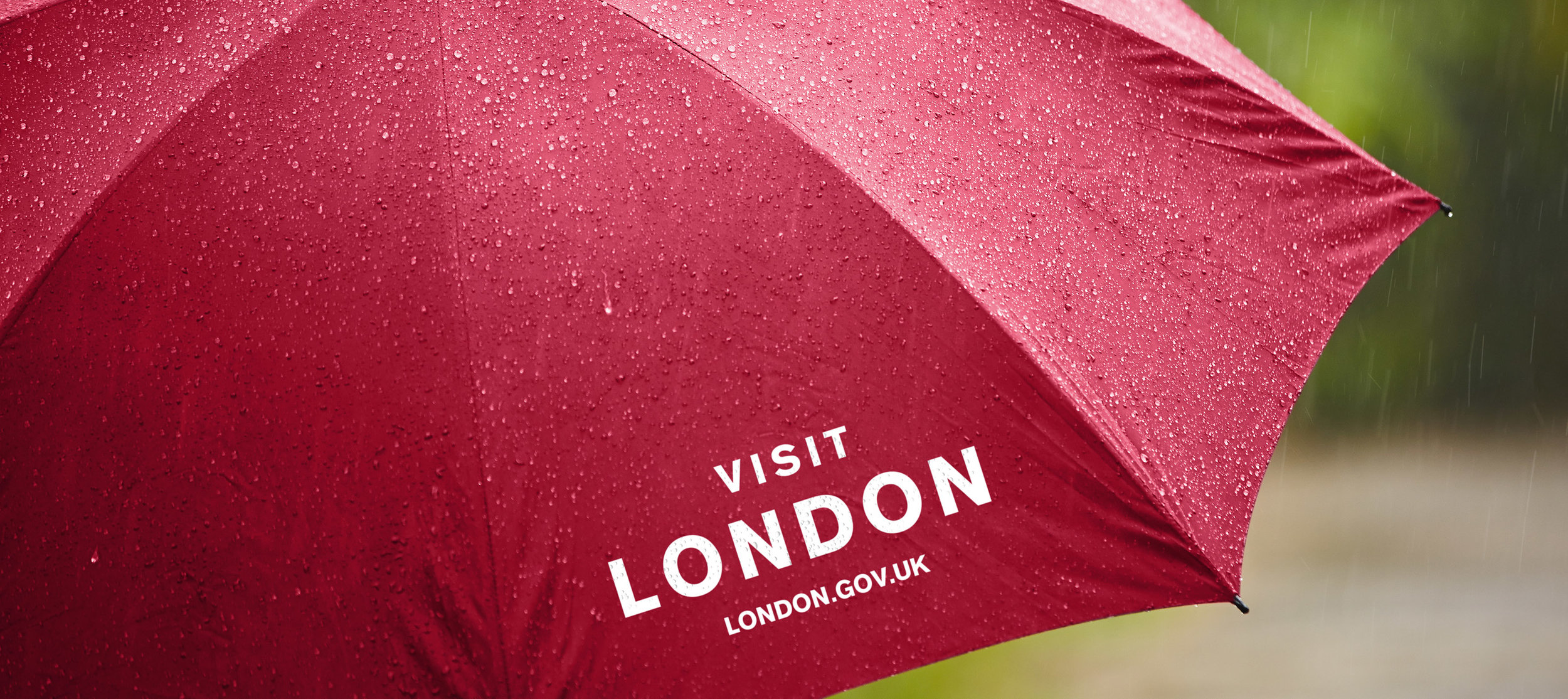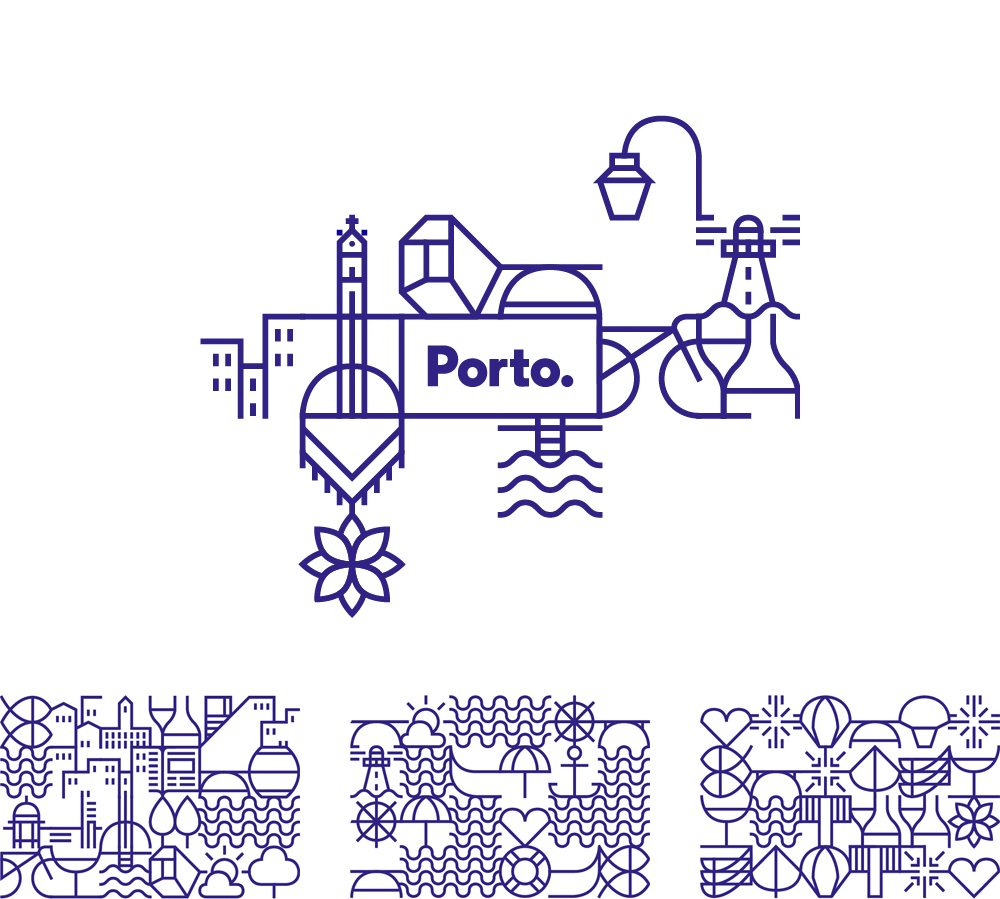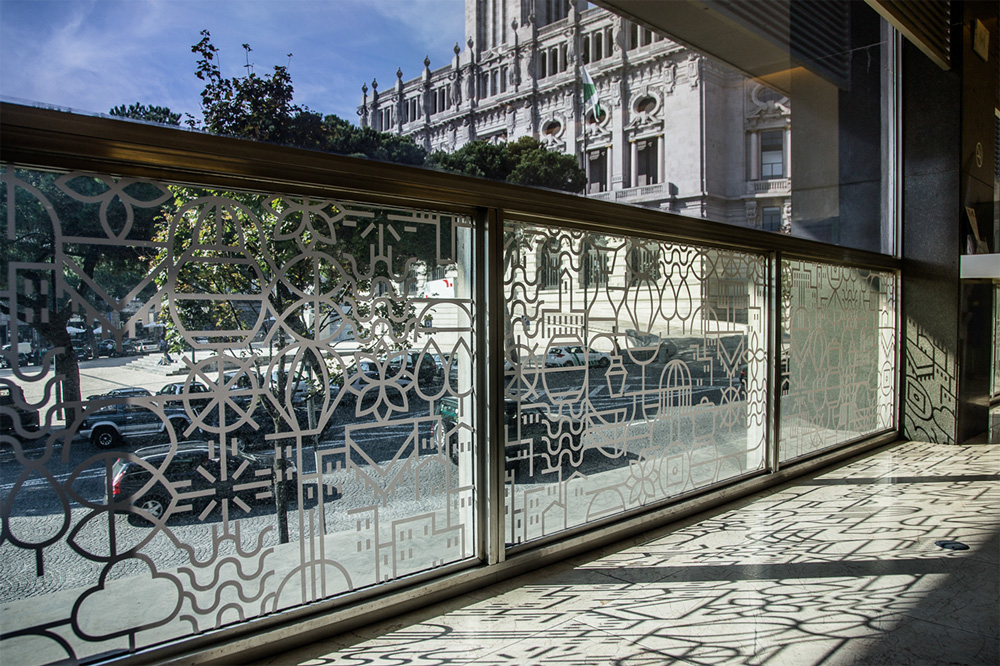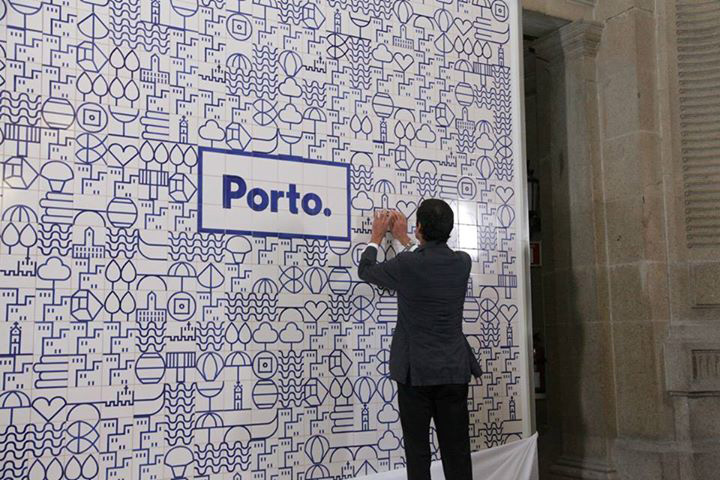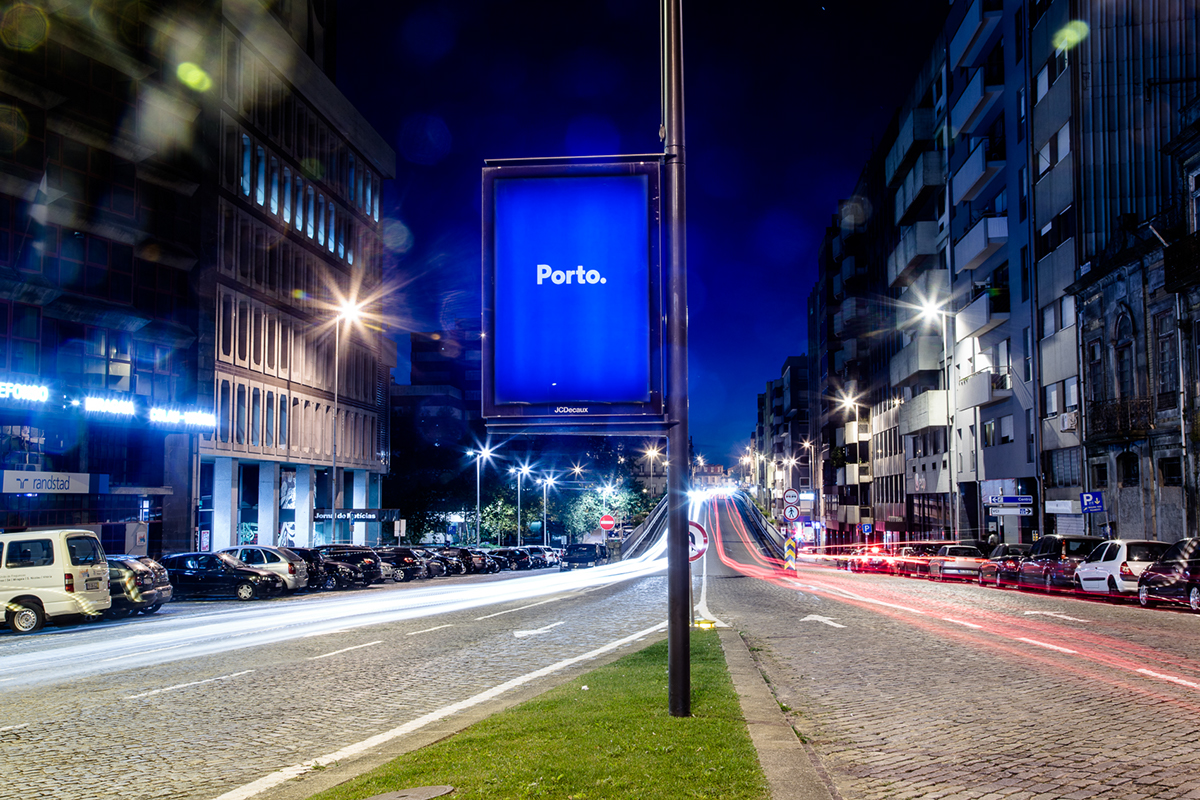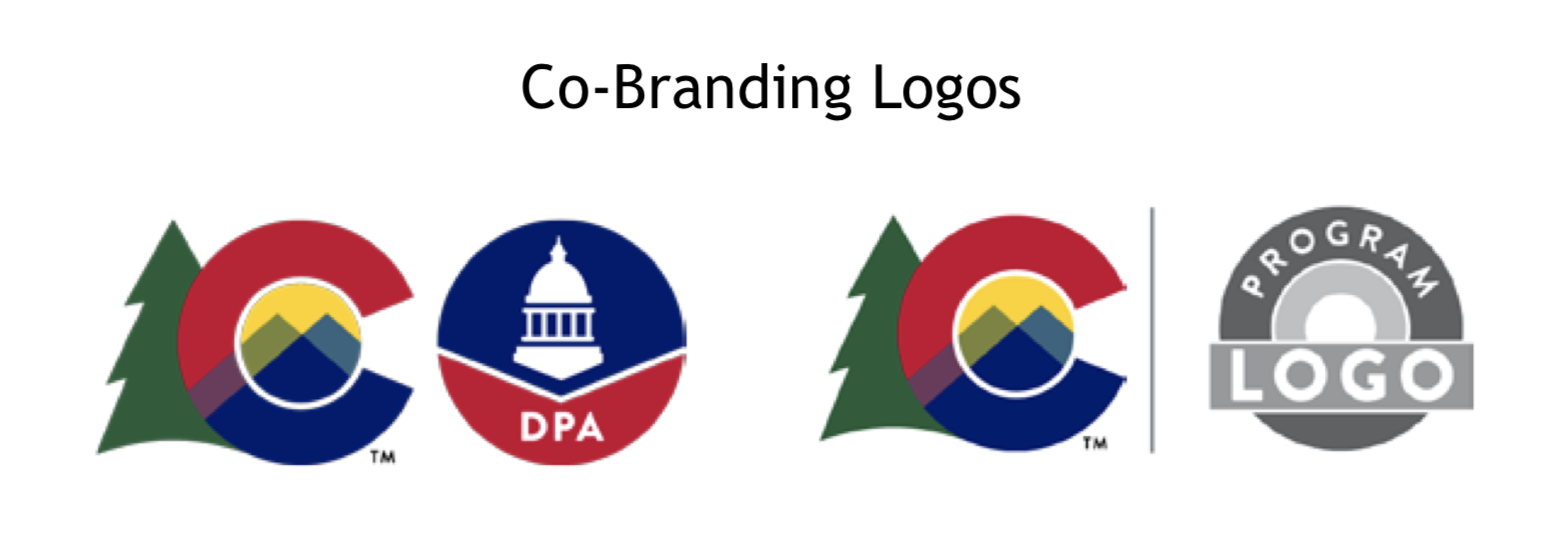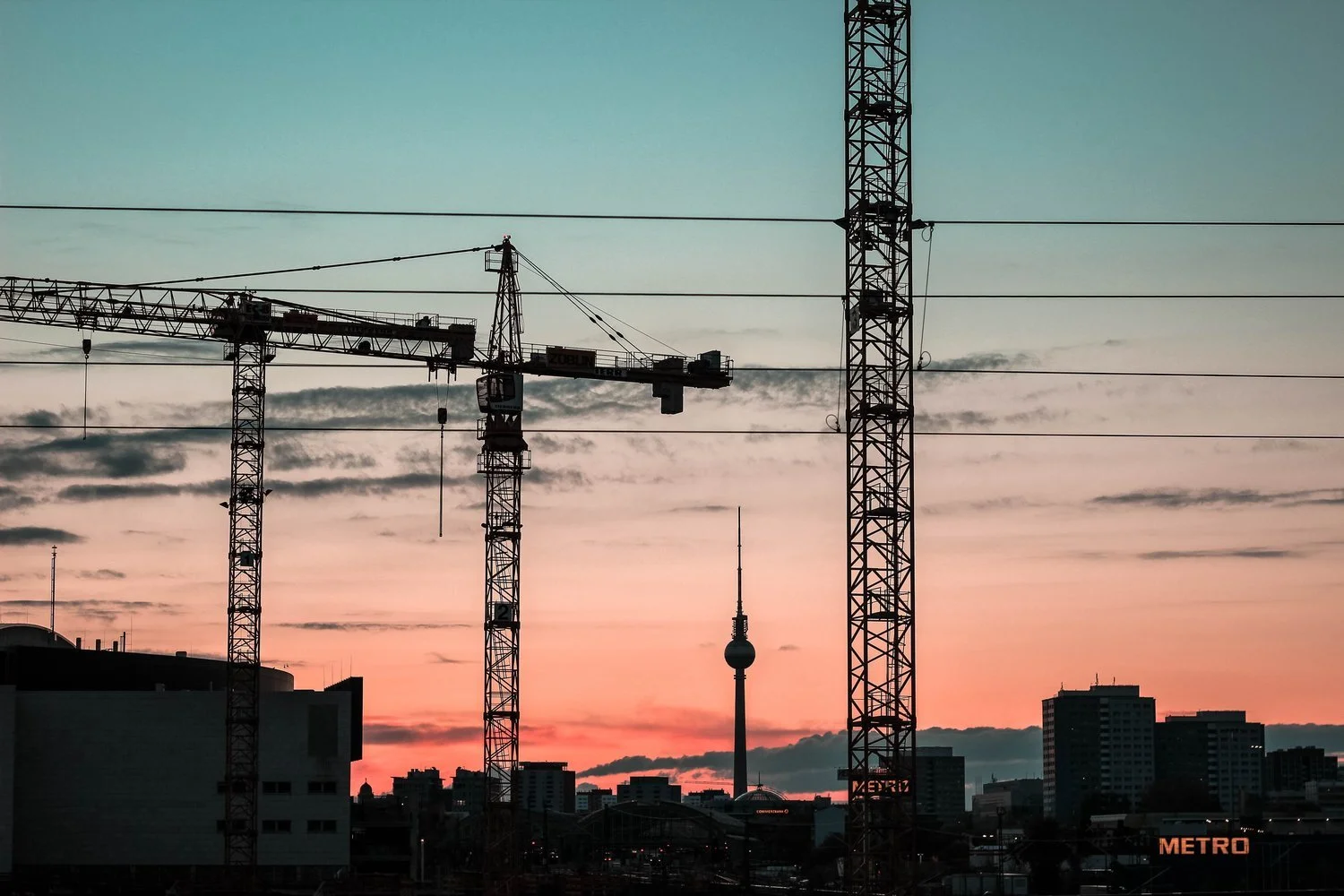If you work in the field of economic development, you already know what information is important to prospective companies, site selectors, and CEOs. But when you’re focused on selling your city, county, site, or state it can be easy to get entrenched in what you’re doing and make missteps on how you market your area.
You may read a lot about best practices for your field – but what are the common blunders and worst practices in your industry? We’ve pulled together five mistakes we often see in economic development marketing.
Mistake #1: Not defining your target industry
Clearly marketing to a specific target industry shows that you know your area and have a solid understanding of what companies will best succeed there.
Prospects want to know what kind of supply chain and workforce are available, and focusing on a specific industry allows you to better convey how your community will be able to serve their company. Back up your marketing towards a target industry with highlights from your labor market analysis, data, and maps that show the supply chain available to a prospective company.
Mistake #2: Losing site of what makes you unique
What’s truly unique about your area? Many regions promote themselves as pro-business or tout the benefits of their workforce… this message isn’t inherently bad, but it’s worth figuring out how to distinguish yourself from other areas that are promoting the same things. If you’re saying your area is pro-business, back it with specifics about the types of incentives being offered, state tax information, and information on local labor laws.
But don’t stop there, really think outside the box about what sets you apart and then explain why potential investors should care. Quality of life, business climate, and workforce benefits are just the first step in attracting investors and talent – and they’re the same things that many other municipalities are touting.
Mistake #3: Putting too much emphasis on your logo and tagline
Hue & Tone’s primary service is graphic design, so we feel confident saying no one thinks design is more important than us. That being said, we think it’s important to recognize that graphic design is only one piece of your marketing puzzle.
While a strong, polished, and professional logo design is important, you can’t depend on it to do all the marketing for you. Strong messaging is a must when you’re asking people to invest the future of their company in your region. Let design complement well developed copy, a sound strategy, and well researched data, but don’t invest a disproportionate amount of your time and marketing budget into a logo and tagline. It would be misguided to expect a jazzy logo design to net you a big project.
Mistake #4: Leaving the state out
Don’t make the mistake of assuming people know where you’re located – or even what state you’re in. Be sure to provide context for where you are and put your state name on everything. This extends to providing maps that show your city, site, or county in context of your state and the country. This is especially important if you’re dealing with international companies that may not know your country’s geography as well as you do.
Mistake #5: Not sourcing from existing companies
You’ve already got one of the most valuable resources at your fingertips – existing business. The best way to learn what will work for your marketing is to simply talk to the people have already decided to invest in your area. Grow your knowledge of what attracts companies to your city or state by speaking to the people that are already there and by building relationships with local corporate leaders.
Developing these close relationships and improving your rapport with local companies will also open the door for future expansion projects. Ask local companies what services or products they would love to have closer – you may even find that some creative problem solving satisfies the needs of both existing and future investors.
These are just five of our top tips – what are yours? Do you disagree with any of the practices we’ve listed out here?
Hue & Tone Creative: YOur partner in economic development marketing
Realize you’ve been making all of these blunders? Never fear — we’re here to help you get your region’s marketing back on track. Whether you’re trying to attract investors or tourists, we can give you the polished look you need to hold people’s attention.





